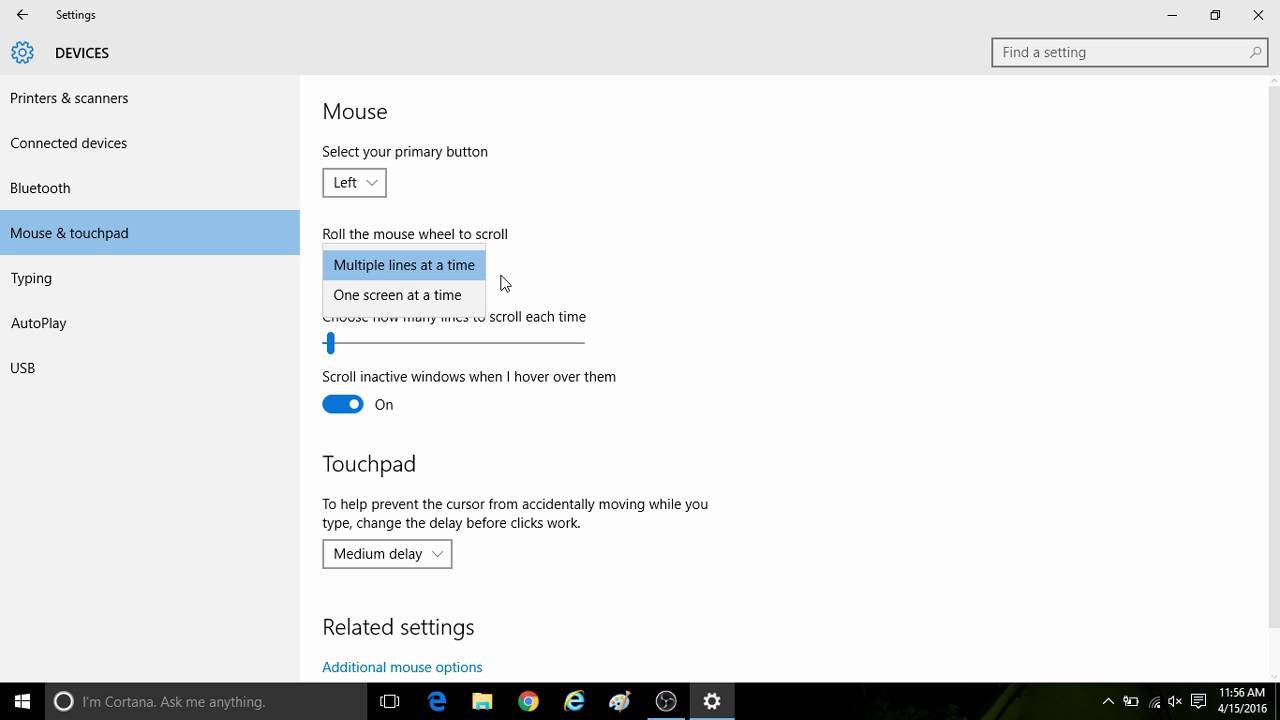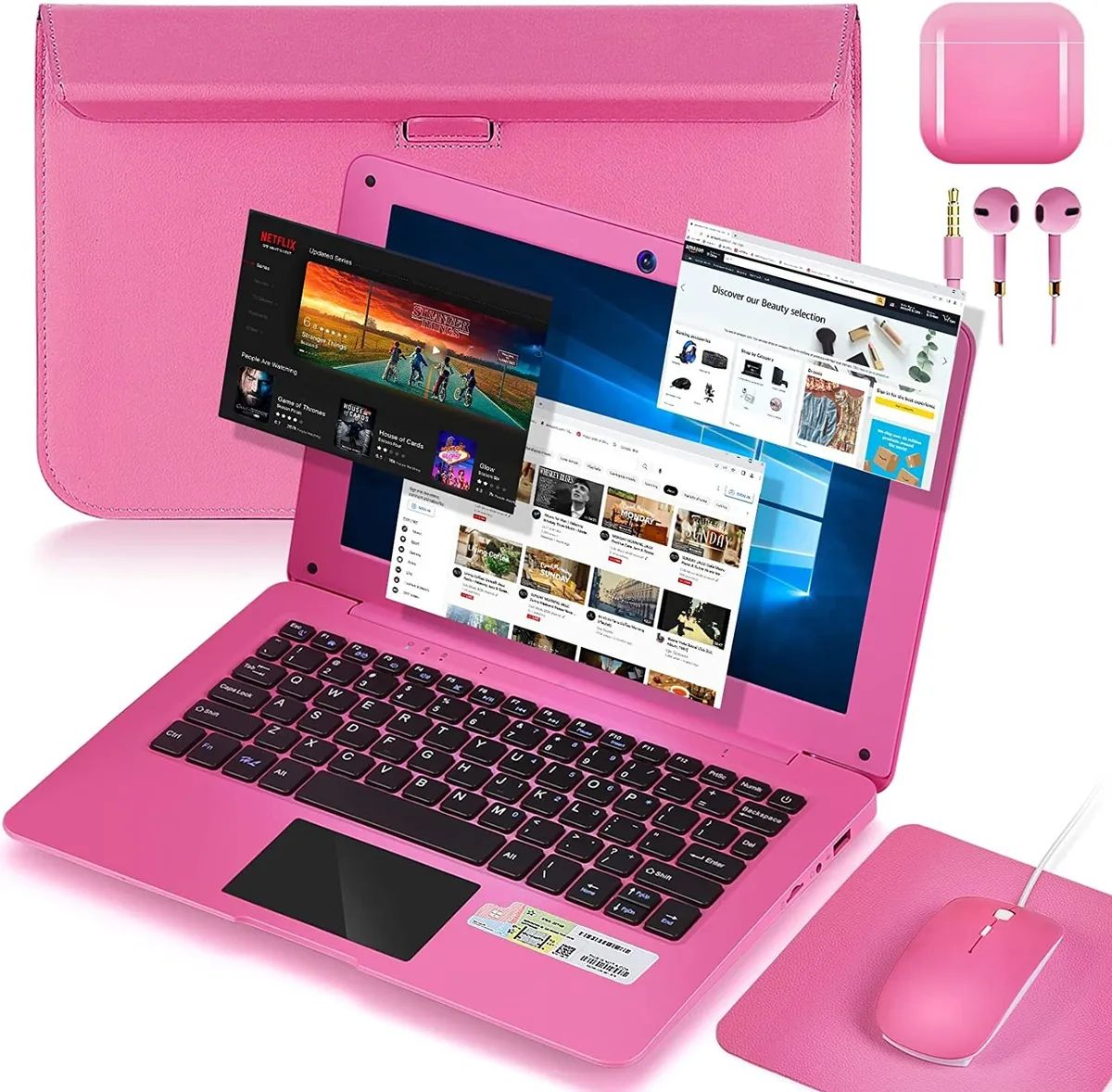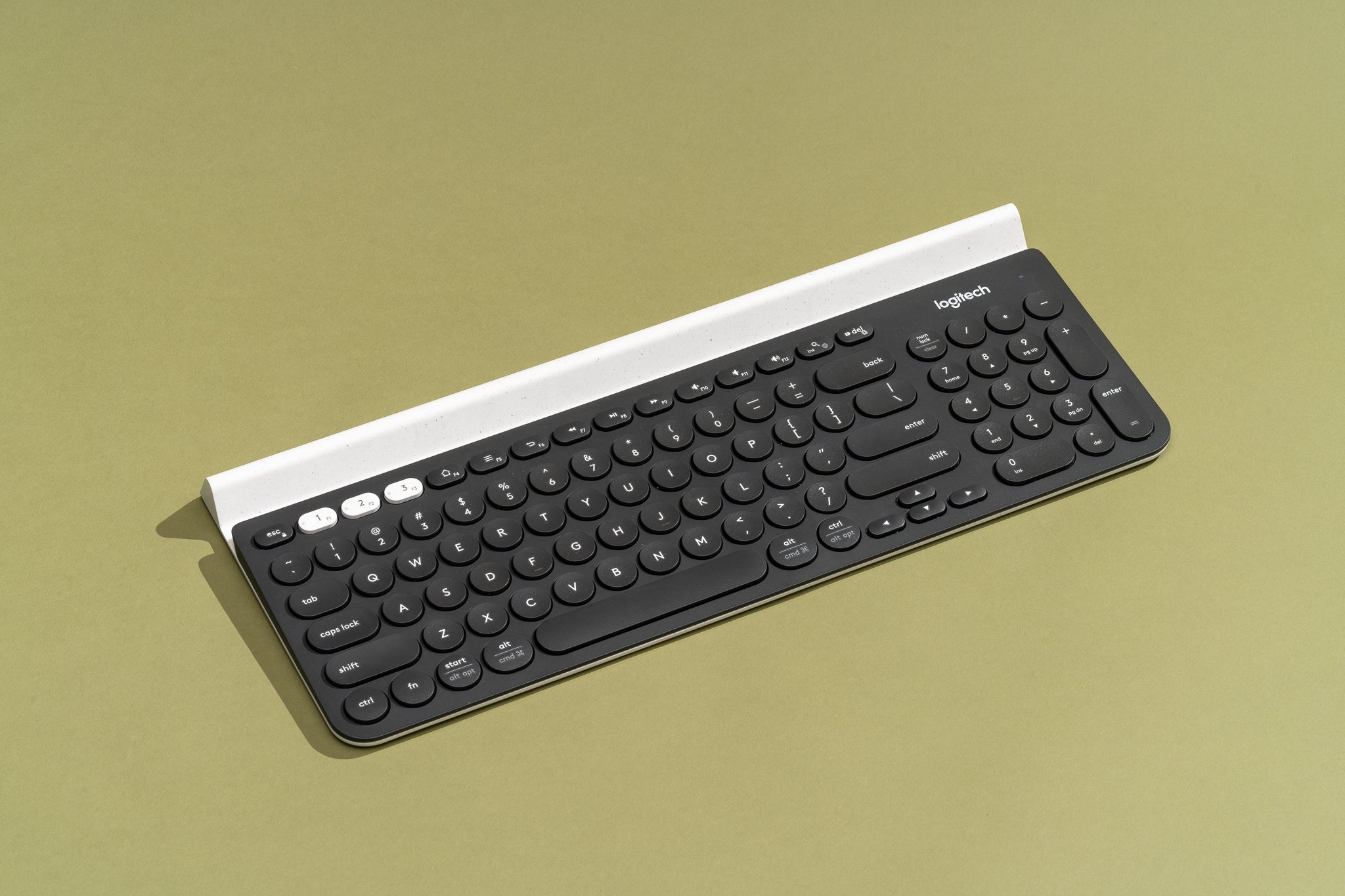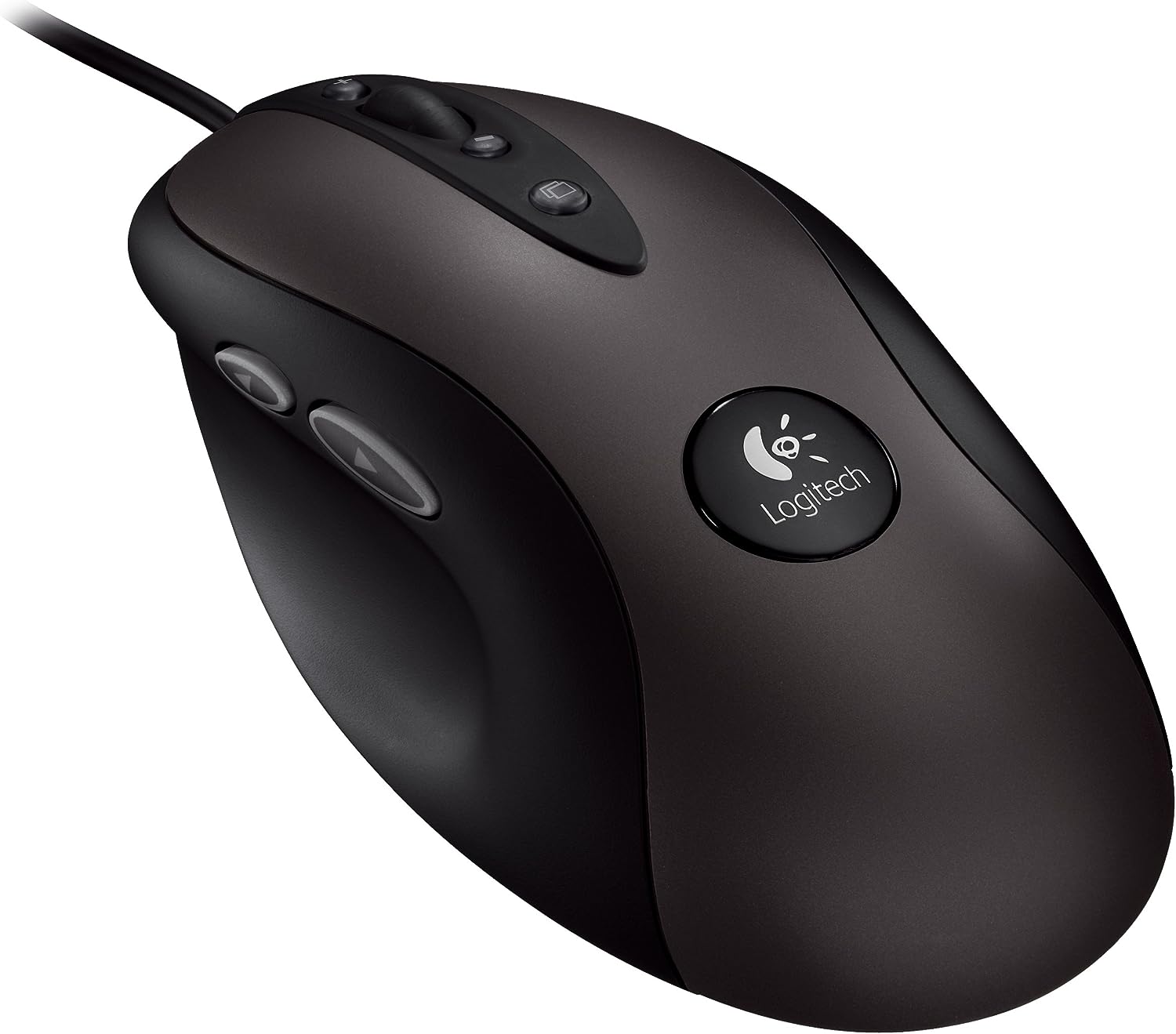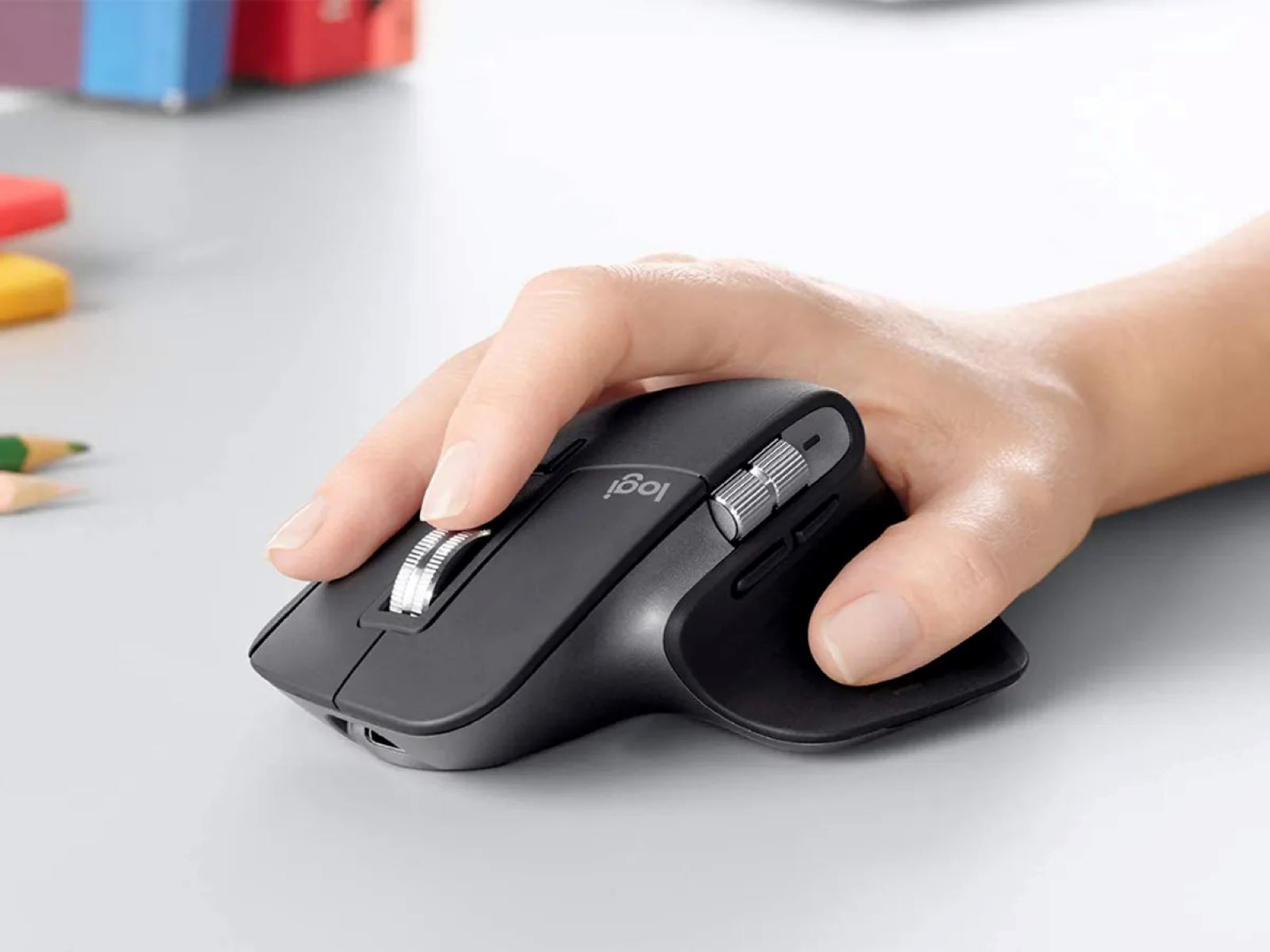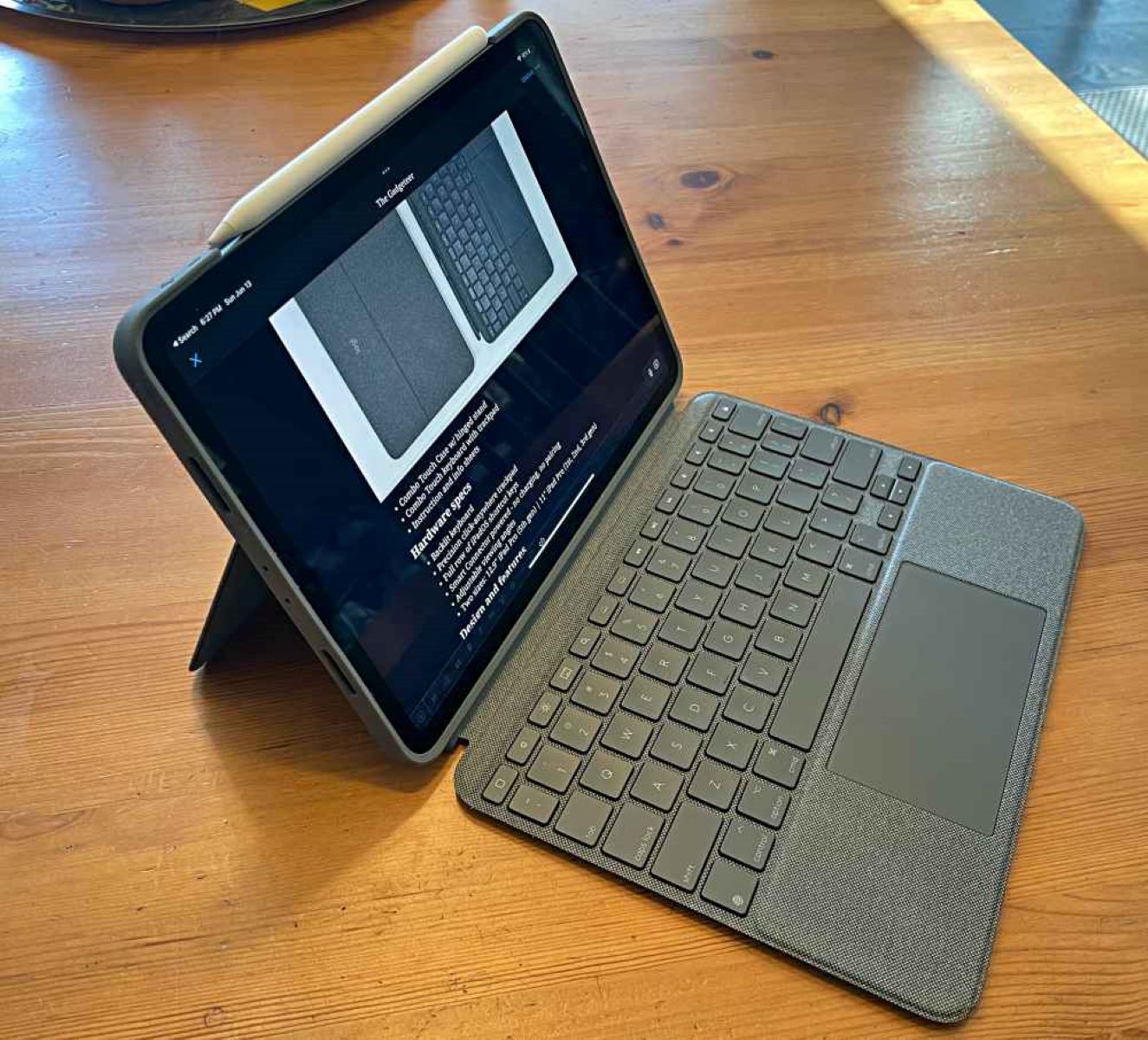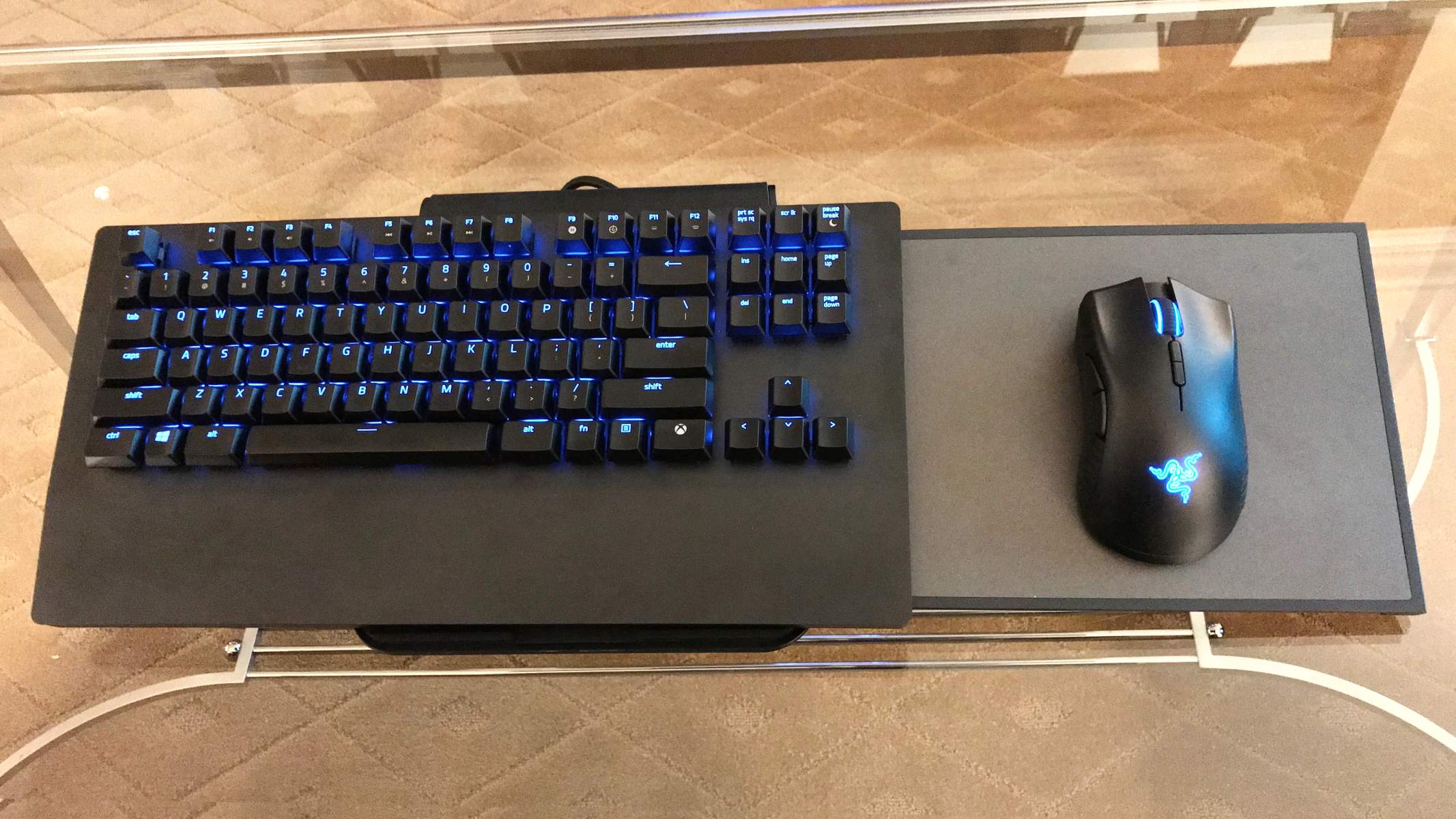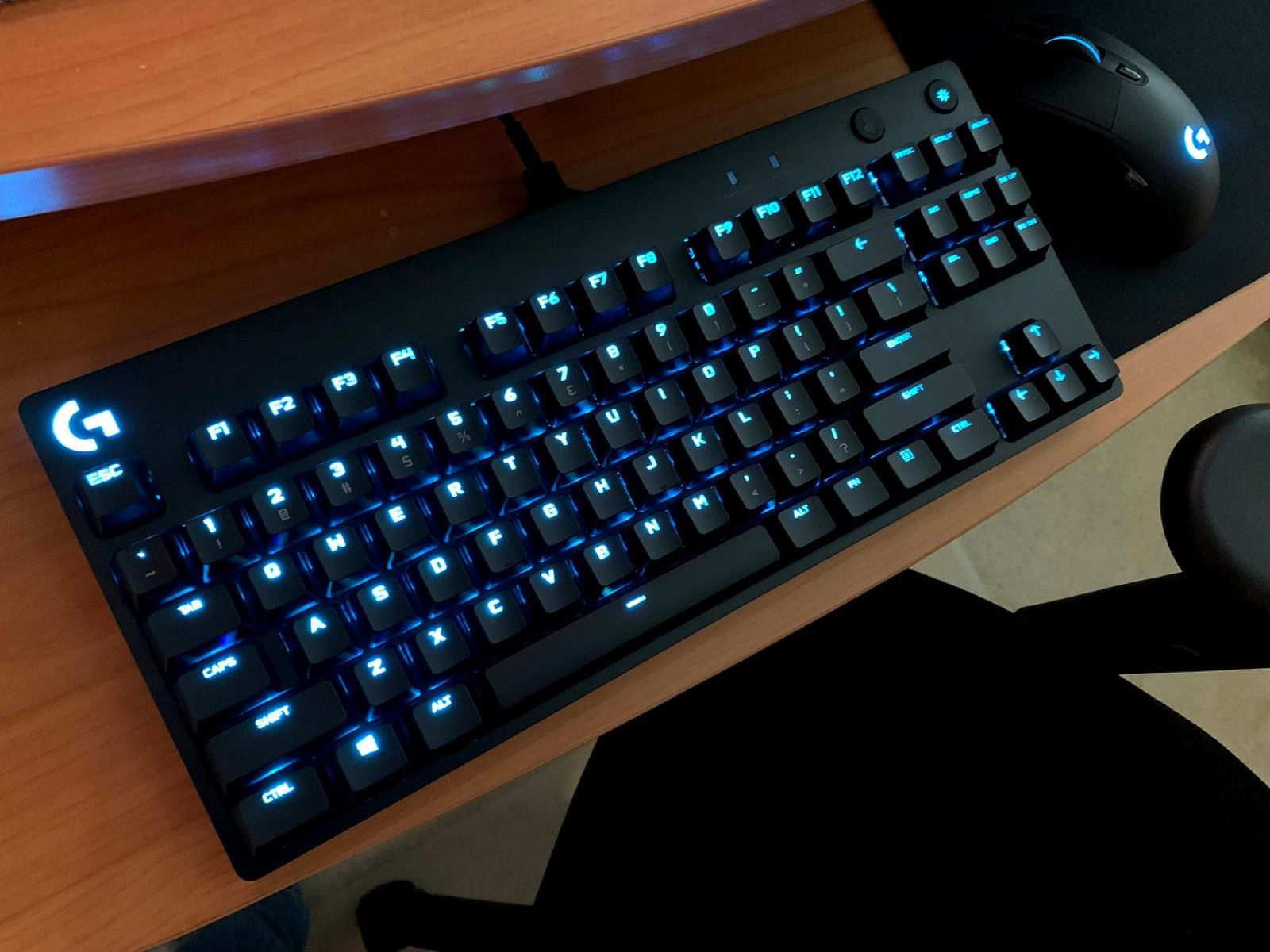**
Introduction
**
Navigating through the digital realm, the mouse pad serves as an essential tool for seamless interaction with our devices. In the context of Windows 10, the mouse pad settings play a pivotal role in customizing the user experience to suit individual preferences and needs. Whether it's adjusting sensitivity, fine-tuning scrolling behavior, or harnessing the power of gestures, Windows 10 offers a plethora of options to cater to diverse user requirements.
Understanding how to optimize the mouse pad settings in Windows 10 can significantly enhance productivity and comfort, especially for those who spend extended periods using their devices. By mastering these settings, users can tailor their mouse pad's performance to align with their unique usage patterns, ultimately leading to a more efficient and enjoyable computing experience.
In this comprehensive guide, we will delve into the intricacies of tweaking mouse pad settings in Windows 10. From accessing the settings menu to customizing sensitivity, scrolling, and gestures, this article will equip you with the knowledge to harness the full potential of your mouse pad, empowering you to navigate your digital world with unparalleled precision and ease. So, let's embark on this journey to unlock the true capabilities of your mouse pad within the Windows 10 environment.
**
Accessing Mouse Pad Settings in Windows 10
**
Before embarking on the journey of customizing your mouse pad settings in Windows 10, it is essential to know how to access the settings menu. Fortunately, Windows 10 provides a user-friendly interface for managing various hardware configurations, including the mouse pad.
To access the mouse pad settings, begin by clicking on the “Start” button located at the bottom left corner of the screen. From there, navigate to the “Settings” gear icon, which resembles a small gear and is typically located above the power icon. Clicking on this icon will open the Windows Settings menu, where you can find a plethora of customization options.
Once in the Settings menu, select the “Devices” option. This will lead you to the “Devices” menu, where you can manage various hardware settings, including those related to the mouse pad. Within the “Devices” menu, click on the “Touchpad” tab located on the left-hand side. This will direct you to the touchpad settings, where you can fine-tune the behavior and performance of your mouse pad to suit your preferences.
Alternatively, if your device has a dedicated physical mouse pad button, you can often access the mouse pad settings by right-clicking on this button. This action typically opens a contextual menu that includes an option to access the mouse pad settings directly, providing a convenient shortcut to the customization menu.
By familiarizing yourself with these simple yet effective methods of accessing the mouse pad settings in Windows 10, you can seamlessly transition to the next stage of customizing your mouse pad to optimize its performance and responsiveness.
**
Changing Mouse Pad Sensitivity
**
Customizing the sensitivity of your mouse pad in Windows 10 is crucial for tailoring the pointer movement to your specific requirements. Whether you prefer swift and precise movements or a more deliberate and controlled cursor navigation, adjusting the sensitivity can significantly impact your overall computing experience.
To modify the sensitivity of your mouse pad, navigate to the “Touchpad” settings within the Windows Settings menu. Here, you will find an option to adjust the sensitivity level, often represented by a slider or dropdown menu. By moving the slider or selecting the desired sensitivity level, you can fine-tune the responsiveness of your mouse pad to achieve the optimal pointer movement speed for your workflow.
Experiment with different sensitivity levels to find the setting that best complements your usage patterns. For tasks that demand precision, such as graphic design or intricate document editing, a lower sensitivity setting may be preferable. Conversely, activities that require swift navigation across the screen, such as gaming or multitasking, may benefit from a higher sensitivity setting.
Furthermore, some mouse pad settings allow you to customize sensitivity based on the type of task or application. For instance, you may opt for a lower sensitivity when using design software and a higher sensitivity for browsing the web or working with spreadsheets. This granular control over sensitivity empowers you to adapt the mouse pad’s behavior to suit specific tasks, enhancing both efficiency and comfort.
By mastering the art of adjusting mouse pad sensitivity in Windows 10, you can elevate your computing experience to new heights, ensuring that your device’s responsiveness aligns seamlessly with your unique preferences and workflow demands.
**
Adjusting Mouse Pad Scrolling
**
Efficient and intuitive scrolling is integral to navigating digital content seamlessly. Windows 10 offers versatile options to customize mouse pad scrolling behavior, allowing users to tailor this functionality to their specific needs and preferences.
To adjust mouse pad scrolling settings, navigate to the “Touchpad” section within the Windows Settings menu. Here, you will find options to customize scrolling behavior, typically under a dedicated scrolling tab or submenu. Depending on your device and driver software, you may encounter settings related to scroll speed, scroll direction, and gesture-based scrolling.
One of the key parameters to customize is the scroll speed, which determines the rate at which content moves when scrolling. By adjusting this setting, users can fine-tune the scrolling speed to match their desired pace, whether they prefer rapid navigation or a more controlled scrolling experience.
Additionally, some mouse pad settings enable users to modify the scroll direction, allowing for natural or inverted scrolling based on personal preference. This feature empowers users to align the scrolling behavior with their accustomed style, contributing to a more intuitive and comfortable interaction with digital content.
Gesture-based scrolling is another compelling aspect of mouse pad customization in Windows 10. Many modern touchpads support multi-finger gestures for scrolling, such as using two fingers to scroll vertically or horizontally. These gestures can be customized and enabled/disabled based on individual preferences, providing a seamless and ergonomic scrolling experience tailored to the user’s unique habits.
By harnessing the power of customizable scrolling settings, users can transform their mouse pad into a precision tool for effortless content navigation, whether they are browsing web pages, reviewing documents, or engaging in immersive digital experiences. The ability to fine-tune scrolling behavior empowers users to craft a personalized and ergonomic computing environment that enhances productivity and comfort.
**
Customizing Mouse Pad Gestures
**
Modern touchpads in Windows 10 offer a wealth of customizable gestures that can streamline navigation and multitasking, elevating the user experience to new heights. By harnessing the power of gestures, users can execute commands, switch between applications, and perform various actions with effortless swipes and taps, enhancing productivity and convenience.
To access and customize mouse pad gestures, navigate to the “Touchpad” settings within the Windows Settings menu. Here, you will encounter a dedicated section for gestures, presenting a range of configurable options tailored to your device’s capabilities.
Common gestures include two-finger scrolling, pinch-to-zoom, three-finger swipes for task switching, and tap gestures for executing commands or emulating mouse clicks. Each of these gestures can be customized to trigger specific actions or commands, allowing users to tailor their touchpad’s behavior to align with their preferred workflow and habits.
Moreover, Windows 10 often provides the flexibility to create custom gestures, enabling users to define their own touchpad shortcuts for launching applications, navigating the operating system, or performing specialized functions. This level of personalization empowers users to mold their touchpad into a versatile tool that complements their unique computing needs.
Furthermore, some touchpads support advanced gestures that facilitate seamless navigation within applications, such as swiping to navigate through browser tabs or performing intricate gestures for precise control in creative software. By customizing these gestures, users can unlock the full potential of their touchpad, transforming it into a dynamic interface for interacting with digital content and applications.
By embracing the art of customizing mouse pad gestures in Windows 10, users can harness the full capabilities of their touchpad, leveraging intuitive and efficient gestures to streamline their digital interactions. The ability to tailor gestures to individual preferences empowers users to craft a personalized and ergonomic computing environment that enhances both productivity and user satisfaction.
**
Conclusion
**
Mastering the art of customizing mouse pad settings in Windows 10 unlocks a world of personalized computing experiences, tailored to the unique preferences and workflow demands of each user. By delving into the intricacies of sensitivity adjustments, scrolling behavior, and gesture customization, individuals can transform their touchpad into a precision tool that enhances productivity, comfort, and user satisfaction.
Accessing the touchpad settings in Windows 10 provides a gateway to a wealth of customization options, enabling users to fine-tune the sensitivity of their mouse pad to achieve optimal pointer movement speed for their tasks. Whether it’s navigating intricate design software or swiftly multitasking across applications, the ability to adjust sensitivity empowers users to align their touchpad’s responsiveness with their specific usage patterns.
Furthermore, the versatility of mouse pad scrolling settings offers a seamless and ergonomic scrolling experience, allowing users to effortlessly navigate digital content at their preferred pace and direction. Whether it’s adjusting scroll speed, direction, or embracing gesture-based scrolling, users can craft a scrolling experience that harmonizes with their natural habits and enhances their digital interactions.
Customizing mouse pad gestures in Windows 10 represents the pinnacle of touchpad personalization, empowering users to execute commands, switch between applications, and navigate digital interfaces with intuitive swipes and taps. By harnessing the power of customizable gestures, users can elevate their touchpad into a dynamic interface that complements their unique computing needs, enhancing both productivity and user satisfaction.
In essence, the ability to tailor mouse pad settings in Windows 10 transcends mere customization; it embodies the fusion of technology and personalization, culminating in a computing experience that is finely tuned to the individual. By embracing these customization options, users can unlock the full potential of their touchpad, transforming it into a precision tool that amplifies productivity, comfort, and user satisfaction in the digital realm.







